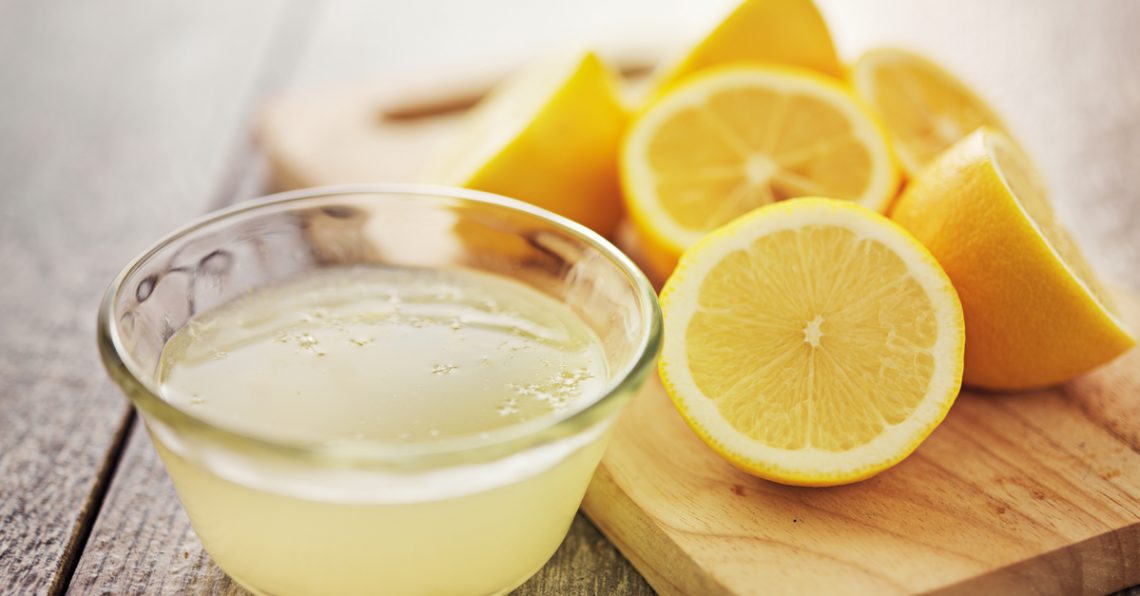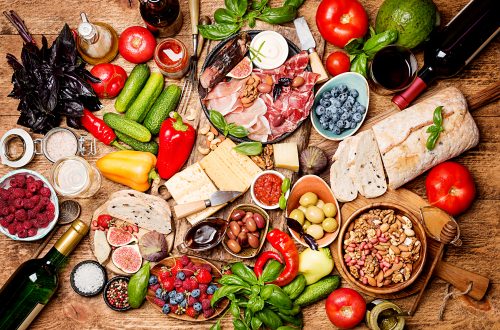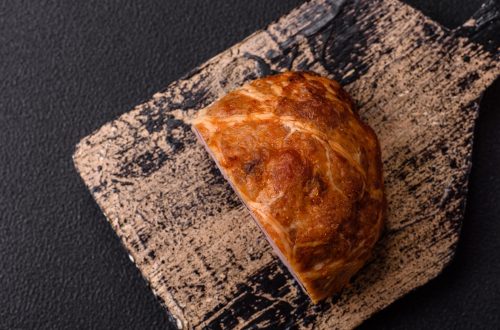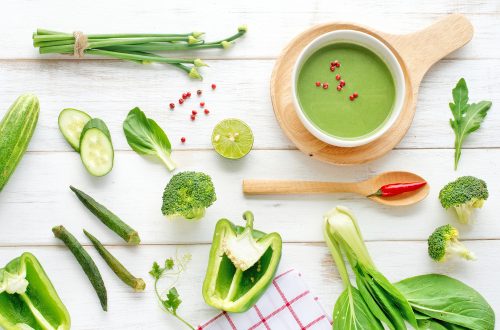
You Gotta Have Tart!
“Lemon tree very pretty, and the lemon flower is sweet, But the fruit of the poor lemon is impossible to eat.”
Remember that Trini Lopez song from back in the mid-1960s? Great tune, but way off base from a culinary standpoint.
Even in those days, I consumed lemonade and lemon meringue pie, and most likely lemon Jell-O. Now, I use lots and lots of lemons in nearly every meal I prepare over the course of a week because of the way lemon juice enhance flavor. This week, it’s roasted scallops with spinach and lemons; Creole shrimp with garlic and lemon; and cod in parchment with tomatoes, olives, and spinach, accented with the juice of half a lemon.
When we say “mouthwatering,” we mean good. Guess what? Lemons are tart because the juice contains acid, and that makes our mouths water to balance out the acidity. That spreads the flavors across the taste buds in your tongue. And that acid contrasts with the other flavors to heighten the experience for those taste buds. Lemon is important in cooking as a souring agent; that acidity is critical to the taste of many dishes. Think of the contrast with sweet and sour. Lemonade is so delicious and refreshing because the sour lemon contrasts with the sugar. It wouldn’t be the same with just lemon juice and water.
We have the Arabs and the Mediterranean cuisines for the spread of the lemon, and the likely reason that lemons became the most important fruit for European cookery, according to The Oxford Companion to Food. “The Treatise of the Lemon” was written by Saladin’s physician, giving recipes for lemon syrup and preserves. Arab traders were also responsible for the introduction of lemons in China, where the word for lemon is li mung.
Besides serving as a flavor enhancer to main dishes, lemons get a lot of use in our house as the acid in a vinaigrette – lemon juice, olive oil, chopped herbs, and sometimes a spoonful of mayonnaise as a thickener. It’s the most common accompaniment for fish and seafood, in tartar sauce or straight from a slice of lemon (the bright yellow is such a perfect garnish), but it’s also great with poultry. Melissa Clark recently wrote in her column in The New York Times that lemons are her secret weapon in the kitchen, providing a “finishing touch” or a brightening to nearly everything she cooks – adding a jolt to dishes ranging from braised lentils to a pan of pasta. She even squeezes them into BLTs, chicken noodle soup, and the buttered, salted celery she nibbles for snacks.
I always keep several lemons on hand for the same reason – sprucing up dishes, making salad dressings, and serving as a garnish. Because we frequently have poultry and seafood on the dinner table, they don’t go to waste.
The peoples of the Middle East had the right idea when they crossed a citron with a lime, then crossed that with a pomelo to produce the lemon. They got it right. And I’ll bet that if life handed Trini Lopez lemons, he probably made lemonade.
Editor’s note: Here’s one of my favorite ways to eat lemons: avgalemono. You wouldn’t believe how simple it is to make this fantastic Greek soup.
To comment, please click on “Read in Browser” or on the headline to view the blog on the website. You can log in and comment at the end of the blog to share your thoughts and start a discussion.
If you’d like to share the blog, click on the Facebook icon or one of the others. Thanks!




